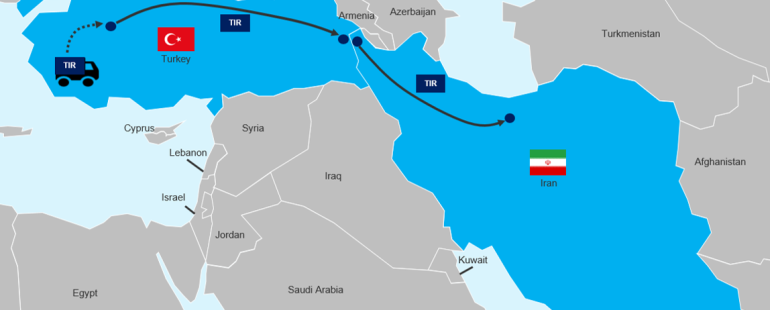
International Export from Turkey via Iran
Introduction
Turkey and Iran share a long history of cultural and economic ties that have been bolstered through various trade agreements and partnerships. As two important players in the Middle East, both nations are strategically positioned for international trade, especially within the backdrop of evolving global economic dynamics. This article explores the intricacies of international export from Turkey via Iran, including the benefits, challenges, and future prospects.
The Strategic Importance of Turkey and Iran
- Geopolitical Location:
Turkey acts as a bridge between Europe and Asia, while Iran connects the Persian Gulf to Central Asia. This strategic location facilitates transit and trade routes to diverse global markets. - Economic Collaboration:
Both countries are members of various economic organizations, including the Economic Cooperation Organization (ECO), which encourages regional connectivity. - Trade Volumes:
Despite various economic sanctions on Iran, Turkey has maintained a significant trade relationship with it. The bilateral trade volume has seen fluctuations, but both nations strive to increase exports to one another.
The Export Landscape
Key Products Exported from Turkey to Iran
- Manufactured Goods: Turkey exports a sizable volume of machinery, automotive parts, textiles, and electronics to Iran.
- Food Products: Turkish agricultural products, such as fruits, vegetables, and grains, find a lucrative market in Iran due to geographical proximity.
- Construction Materials: As Iran continues to develop its infrastructure, building materials from Turkey have become increasingly important.
Transportation and Logistics
- Land Routes:
The most common method for exporting goods from Turkey to Iran is by land, utilizing a network of roads and highways. The primary crossing point is the Gürbulak border gate, which facilitates truck transportation. - Rail Transport:
Recent investments in railway infrastructure are enhancing trade efficiency. The Tehran-Ankara rail route is a viable option for bulk goods. - Challenges in Infrastructure:
While Turkey has a robust transportation network, logistical hurdles, including border delays, customs processes, and regional security concerns, can impact trade efficiency.
Economic Challenges and Sanctions
The geopolitical landscape presents both opportunities and challenges for Turkish companies wishing to export to Iran.
Sanctions Impact
International sanctions on Iran, particularly from the United States, complicate trade. Turkish exporters must navigate complex regulatory frameworks and ensure compliance to mitigate risks. This has led to a greater reliance on alternative payment mechanisms, such as barter systems or using intermediary countries.
Currency Volatility
The Iranian rial has experienced significant volatility, impacting pricing and transactions. Turkish exporters often face risks associated with fluctuating exchange rates, which can affect profit margins.
Opportunities for Growth
- Bilateral Agreements:
Both governments continue to work on trade agreements that ease tariffs and promote cooperation in sectors like energy, transportation, and agriculture. - Sectoral Collaborations:
There are opportunities for collaboration in sectors such as energy, tourism, and technology, which could further enhance the export landscape. - Emerging Markets:
With a growing middle class in Iran, there is an increasing demand for diverse products, creating new opportunities for Turkish exporters.
Future Prospects
The potential for expanding international exports from Turkey via Iran is promising, with several factors contributing to a favorable outlook:
- Regional Stability: Achieving stability in the Middle East will open more trade routes and opportunities.
- Technological Advancements: Increased use of technology in logistics and supply chain management can enhance export efficiency.
- Changing Global Trends: Global shifts toward sustainability and eco-friendly products create new niches for exports.
Conclusion
The international export landscape from Turkey to Iran is characterized by both challenges and opportunities. Maintaining a keen understanding of geopolitical dynamics, economic shifts, and bilateral relations will be essential for Turkish exporters looking to tap into the Iranian market. As both countries work towards strengthening their economic ties, they are poised to create a vibrant trade corridor that can significantly impact the broader region and beyond. The future of Turkish exports via Iran will depend on strategic collaborations, technological innovations, and a proactive approach to overcoming existing challenges.

Comments (No Responses )
No comments yet.